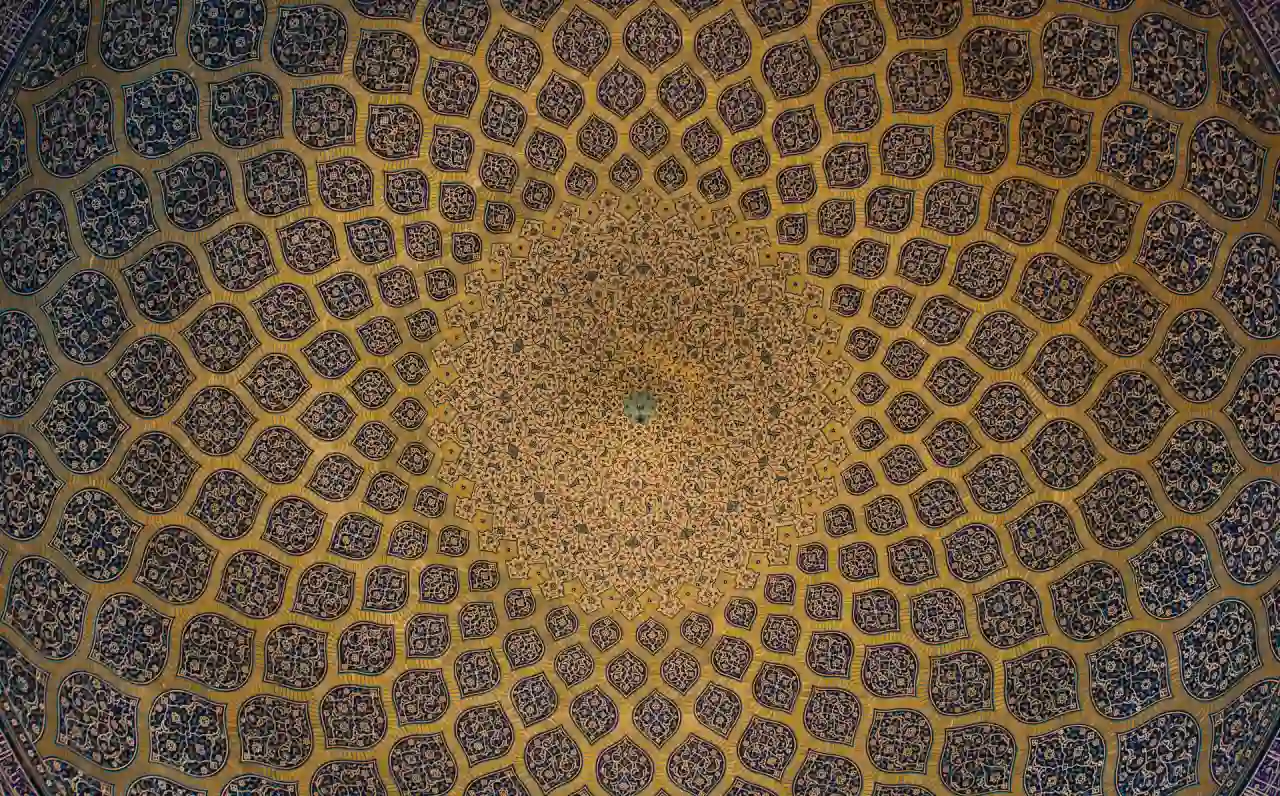Islamic Art at the Benaki Museum: A Cultural Gem in Athens
In the Heart of Athens, a Cradle of Western Civilization, Lies a Hidden Gem: The Benaki Museum of Islamic Art. This architectural gem, tucked away in the bustling neighborhood of Psirri, offers a captivating glimpse into the rich and diverse artistic traditions that flourished under Islamic rule across the vast expanse of the Mediterranean region.
A Legacy of Passionate Collecting
The museum’s genesis can be traced back to the early 20th century, when Antonis Benakis, a Greek businessman with a deep appreciation for art and history, embarked on a remarkable journey to amass a collection of Islamic artifacts. His passion for these objects, imbued with a sense of cultural curiosity and admiration, led him to acquire masterpieces from various Islamic lands, spanning the 7th to the 19th centuries.
Benakis’ astute eye for exceptional pieces and his extensive travels throughout the Islamic world enabled him to curate a collection that encompasses a remarkable range of artistic mediums, from exquisite metalwork and ceramics to intricate textiles and manuscripts. Each item bears witness to the skilled craftsmanship and artistic ingenuity that characterized the Islamic world during its golden age.
A Journey Through Time and Space
Upon entering the museum, visitors are transported on a captivating journey through time and space, as they encounter a dazzling array of objects that reflect the diverse artistic traditions of the Islamic world. The collection is organized chronologically, allowing visitors to trace the evolution of Islamic art from its early Abbasid period to the Ottoman era.
The early Abbasid period (750-1258 AD) is represented by exquisite metalwork, such as delicate cups and plates adorned with intricate floral and geometric patterns, as well as stunning examples of glassware, including iridescent bowls and vases. These objects exemplify the artistic flourishing of the Abbasid dynasty, which fostered a thriving cultural exchange between various Islamic lands.
As the collection progresses through the centuries, visitors encounter a diverse array of artistic expressions, from the vibrant tilework of the Fatimid Caliphate (909-1171 AD) to the intricate calligraphy and delicate miniatures that characterize the Mamluk period (1250-1517 AD). Each era brings its unique aesthetic sensibilities to the fore, showcasing the ingenuity and creativity of Islamic artists.
The Ottoman era (1299-1922 AD) is particularly well-represented in the collection, with a vast array of objects reflecting the empire’s vast reach and cultural influence. Visitors can marvel at the intricate inlaid metalwork, exquisite ceramics with bold designs, and sumptuous textiles adorned with delicate patterns, each piece a testament to the Ottoman Empire’s artistic legacy.
Treasures from the Heart of the Islamic World
Beyond the chronological arrangement, the museum also presents a thematic exploration of Islamic art, delving into specific genres and techniques. Visitors can admire the delicate craftsmanship of jewelry, the intricate designs of illuminated manuscripts, and the mesmerizing beauty of carved ivory objects. Each piece reveals the mastery of Islamic artisans and their ability to transform everyday objects into works of art.
The museum also houses a remarkable collection of textiles, showcasing the rich variety of textiles produced across the Islamic world. Tapestries adorned with intricate patterns, carpets woven with intricate designs, and silk garments embellished with gold and silver threads demonstrate the diversity of textile traditions and the artistic skill of their makers.
A Sanctuary for Cultural Dialogue
Beyond its artistic treasures, the Benaki Museum of Islamic Art serves as a beacon of cultural dialogue, fostering understanding and appreciation for the rich heritage of Islamic art. The museum’s educational programs, exhibitions, and events provide a platform for exploring the connections between Islamic art and various historical, social, and intellectual currents.
The museum also actively engages with the wider community, hosting workshops, lectures, and public programs that promote dialogue and cross-cultural understanding. These initiatives aim to break down stereotypes and foster a deeper appreciation for the diversity and beauty of Islamic art.
Benaki Museum of Islamic Art: Google Maps
A Journey of Endless Discovery
A visit to the Benaki Museum of Islamic Art is an immersive experience, offering a glimpse into the rich tapestry of Islamic art and its enduring influence on the world. From the delicate craftsmanship of metalwork to the mesmerizing patterns of textiles, each object tells a story, transporting visitors to the heart of the Islamic world and its vibrant artistic traditions.






